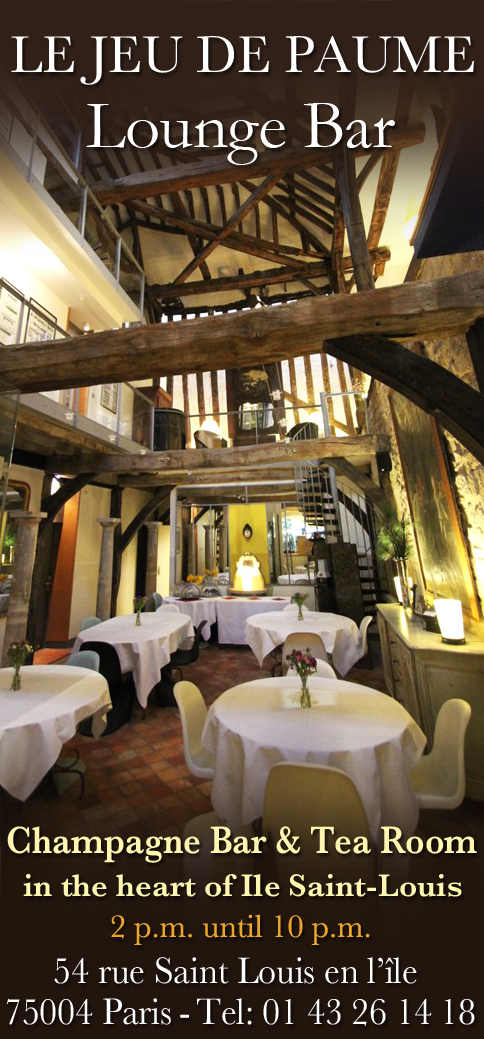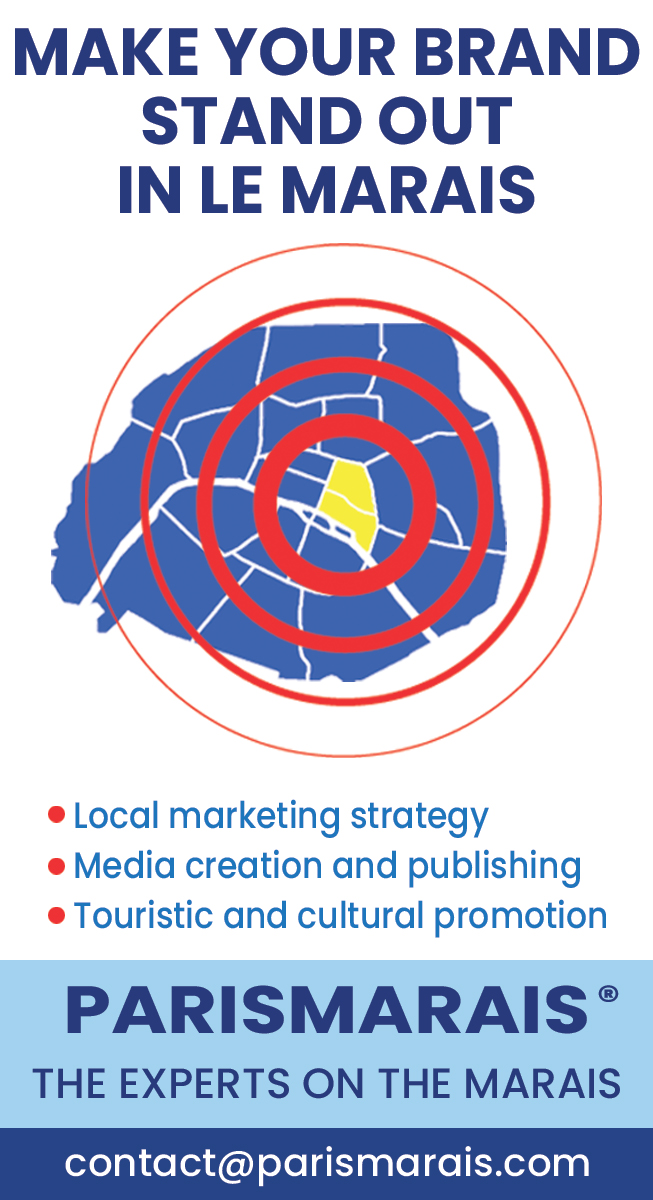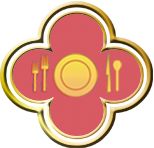 Selected Restaurants
Selected Restaurants
We have selected for you the best restaurants you could possibly find in the Marais area. You can dine at many of these restaurants for as little as 17 euros (lunchtime) to 50 / 80 euros per person (diner), including three courses, wine and coffee! Some will be slightly more expensive, but value for money is what we look for when selecting the best Paris restaurants. The Marais district offers such a wide choice of cuisine—many of which are only available in other large metropolitan areas—so take advantage and don't just indulge on French food! Open yourself to all sorts of fare you may not have tried before. you just might discover some new great tastes.


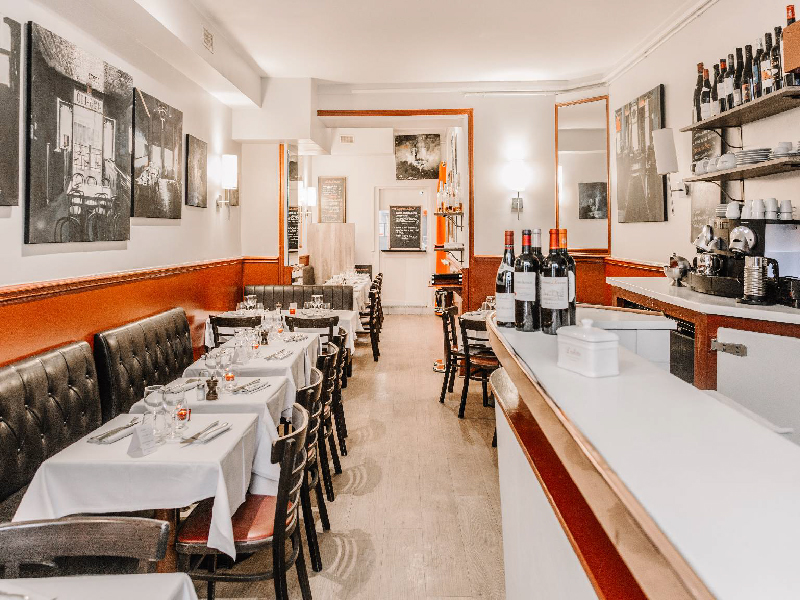

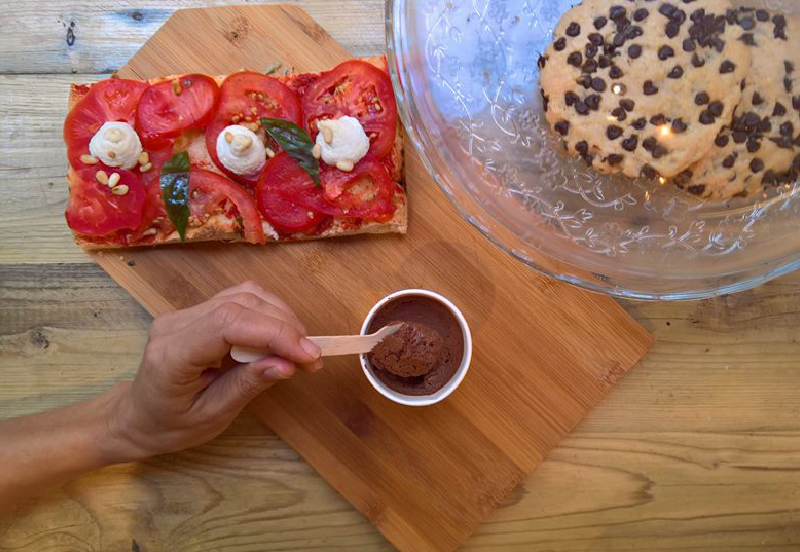
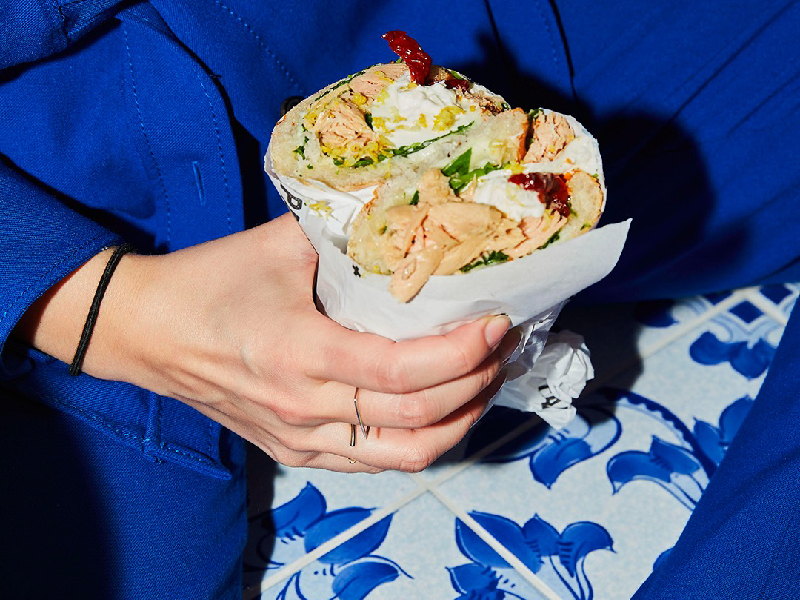
 PARIS' RESTAURANTS DO'S AND DON'TS
PARIS' RESTAURANTS DO'S AND DON'TS
PART 1 : THE "DO'S"
By following a few simple "do's" and "don'ts," guidelines, you will have more genuine, more pleasant, and less expensive dining experiences in Paris than you might have expected.
BEING SEATED
Do wait to be seated when entering any dining venue, be it a restaurant, bistrot, brasserie- even a simple café. Don’t take a table without asking permission from the wait staff. This shows a level of respect for the establishment, and will generally procure you better treatment. Someone will usually greet you and, if it is a more upscale place, ask if you have reserved, take your name if you have, and escort you to your table. If you have not reserved and there is space, they will likely ask you "combien de personnes?" (how many people) before seating you.
RESERVATIONS
Do make reservations whenever you can. Many of these restaurants are small, independent businesses owned by individuals or families; they are often closed Sunday and/or Monday and possibly the entire month of August. They may fill up quickly, so call in advance to ensure the restaurant is open as well as to reserve. Do be courteous and cancel your reservations if you have a change in plans.
DINING TIMING
Bistrots, brasseries, and cafés as a rule do not close between lunch and dinner. Most restaurants are not open all day ; they generally serve lunch between 12h and 14h or 14h30 and dinner starting at 19h or 19h30 until at least 22h. Parisians tend to have dinner out after 20h and many reservations are made for 21h or later. If you do dine earlier, do not be surprised if you are the first to arrive or end up dining with mostly tourists or people with children. Most restaurants will not be willing to serve outside of these fixed hours.
DRESS
Do dress appropriately. Dressing well is part of Parisian culture, so use your good judgment. If you're dressed to fit in, overall you'll be treated with more respect. Parisians rarely will be seen wearing shorts or athletic clothing even in very hot weather unless they are exercising. If you make an effort to blend in a bit and look as little like a tourist as possible, it will be less likely you get treated like one.
POLITENESS
Do be polite and respectful with the waitperson. "Getting to the point" gets you nowhere in France and often gets you less service. Establish a rapport with the server. Say "bonjour", make eye contact, and smile. Apologize for bothering the waiter ("Excusez-moi de vous déranger ... ") or for your lack of French ("Excusez-moi, mais je ne parle pas beaucoup de français ... ") or if you have a question about the menu (S'il vous plaît, j'ai une petite question sur la carte ... "). Always say "s'il vous plaît" and "merci beaucoup."
"FORMULE" AND FIXED PRICE "MENUS"
Do order the "menu," "formule" or "plat du jour" for the best value. A "menu" refers to a two, three or four-course meal offered at one special price in which you choose from a list of items within each course category. For example: a "menu" could consist of one "entrée" (first course), one "plat" (main course) and one "dessert" (dessert). You may be given three or more choices for each course. Often a menu will also give you a choice of "fromage" (cheese) and/or dessert, or offer a choice from any two categories, such as "entrée et plat" or "plat et dessert." During lunch, you may see a restaurant offer a "formule." This is normally more limited in choice, but a very good value. When ordering "à la carte," you will be charged for dishes individually. Sometimes a "plat garni" (one main course garnished with a side dish) from the à la carte menu is a larger portion than if you had ordered it as part of a "menu." Please note: what we call "the menu" in English is "la carte" in French. An "entree" in English is a "plat" in French and an "entrée" in French is an appetizer or first course in English.
ALLERGIES OR SPECIAL FOOD NEEDS
Restaurants may have difficulty assuring special needs unless definitively stated. If you are a strict vegetarian who cannot eat vegetables prepared near or on the same surface as meat for example, it is best to go to an actual vegetarian restaurant. If you have food allergies which can cause attacks (MSG, peanuts, etc), print them clearly in both English and French, and laminate it if possible ; you can then just show it to the waitperson.
WINE
Do consider choosing the "vin de maison" (house wine), especially if you are on a budget. It is usually acceptable and very reasonably priced. "Un quart" (pronounced "uhn kar") is a quantity of 25 centiliters, enough for one and a half or two glasses, often for about the same price as one single glass. "Un pichet" or pitcher, very often of the house wine, is usually either 25 or 50 centiliters ("un demi").
THE CHECK
After the meal, it is required to ask for "l'addition, s'il vous plaît" (the check). It won't just arrive automatically, as the custom is to allow you ample time to relax after your meal, so be prepared to ask for it before you're ready to leave. Often, you can catch the eye of the waiter and pantomime writing to indicate this. If you smile while doing so, it is almost impossible to be seen as rude. Do remember that errors in addition can happen unintentionally, so be sure to verify thoroughly and do not automatically assume you are being cheated.
CREDIT CARDS
Do find out in advance if the restaurant accepts credit cards or not, so that you are prepared with enough cash if necessary. Most restaurants will accept VISA and MasterCard, however American Express is not as widely used. Other cards such as Discover are rarely accepted. Credit cards may not even be accepted at all.
TAX AND TIP
Restaurants are required by law to include tax and service in their prices. 12 to 15 percent is generally included. If you were satisfied with the meal and the service, then it is considerate to leave a few extra euros as a tip – perhaps five to 10 percent of the bill. You cannot add a tip to your credit card receipt, as you can in certain countries, so be prepared with a little cash. Please be sure to inform us of any restaurant in Paris, especially if on our list, which tries to convince you that their prices do not include the tip.
COMMENTS
Please write to us by clicking on the link indicated below. We are very interested in your comments about the meals and service experienced at any of these restaurants and any restaurant suggestions you care to offer us.
MEAT COOKING TIMES
Bleu - very rare
Saignant - rare
A point - medium
Bien cuit - well done
.gif) PARIS' RESTAURANTS DO'S AND DON'TS
PARIS' RESTAURANTS DO'S AND DON'TS
PART 2 : THE "DONT'S"
RUSHING THE MEAL
Don't rush the meal if it is a gourmet restaurant; allow plenty of time to dine, two hours on average. Service is generally at a relaxed pace and each course will be served separately and in this order: "apéritif" (any pre-dinner drink, traditionally a "Kir", which is Crème de Cassis with white Burgundy wine. Mister Kir, former mayor of Dijon gave his name to this drink. The "apéritif" is followed by water and wine, an appetizer, a main course, cheese, dessert, and coffee. You may order the wine, appetizer and main course first, then after having eaten those courses you may order cheese and/or dessert. You traditionally request coffee, if desired, only after having finished eating the entire meal, including dessert. Coffee is not served with dessert unless you request it. A traditional French coffee is an espresso. It is stronger and will seem very small compared to American-style coffee as it is approximately one third of the amount.
SPEAKING LOUDLY
Don't speak too loudly. It's considered impolite to infringe on someone else's privacy, so the French are taught from an early age how to keep their voices down so they cannot be overheard. If your conversation can be fully understood even just at the next table, it is considered too intrusive, so try to keep your voice down.
USING YOUR UTENSILS AND DON’T CUT THE LETTUCE
The French use a different method of holding a fork and knife. With the fork in your left hand and the knife in your right, spear the food with the fork and cut the food with the knife. Bring the morsel of food to your mouth with the fork still in your left hand, but turned downward. With practice, you’ll get it. Also, cutting your lettuce is simply not done, therefore you must learn to fold the lettuce onto your fork with the help of your knife until it’s small enough to put into your mouth.
DOGGY BAGGING IT
Don't ask for a "doggy bag." Portions are for normal appetites and it is customary to eat most everything on your plate. Occasionally you'll encounter very large portions and you will have the urge to ask for a "doggy bag." Restaurants are extremely rarely prepared to package your leftovers and the French consider it bad manners to take food home.
SEPARATE CHECKS
Don't ask for separate checks, especially if you're asking for more than two of them. You can easily ask for a particular amount to be charged on each person's credit card, or each contribute a variety of different payments (checks, cash and credit card) which all together total the amount of the bill. If everyone is ordering similar meals, then it's best to simply divide the bill by the number of people in the party; some will pay slightly more and some, slightly less. If the amounts owed by each are too unbalanced, then do the math yourself and do not impose on the restaurant personnel to do it for you.
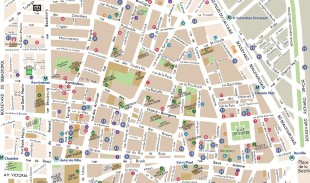



.jpg)
